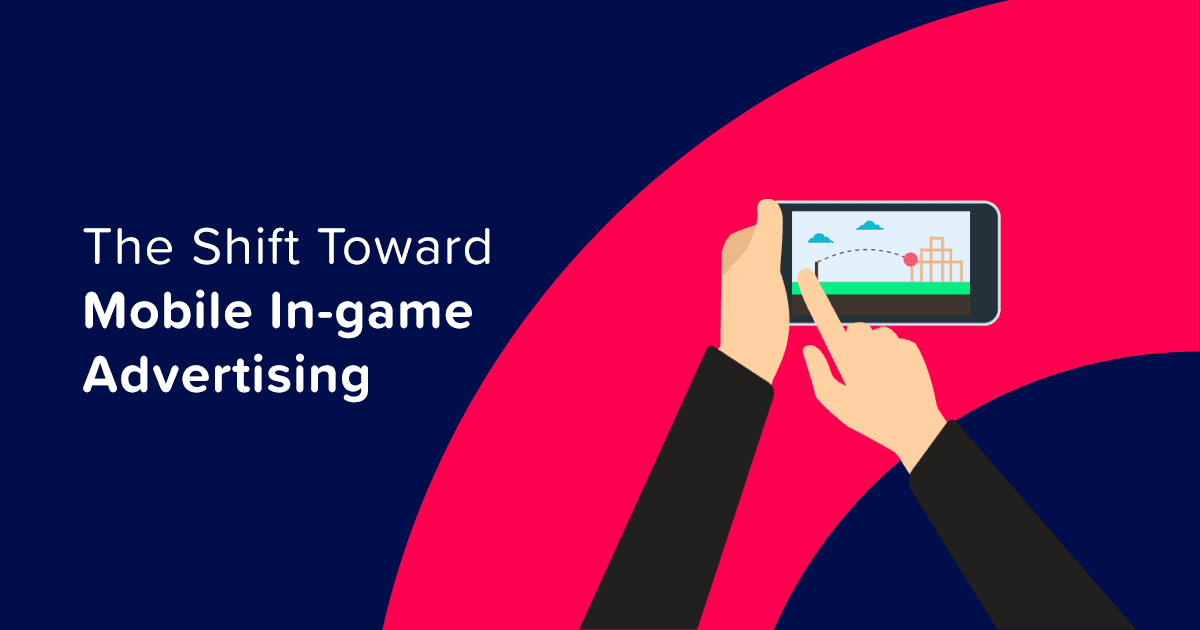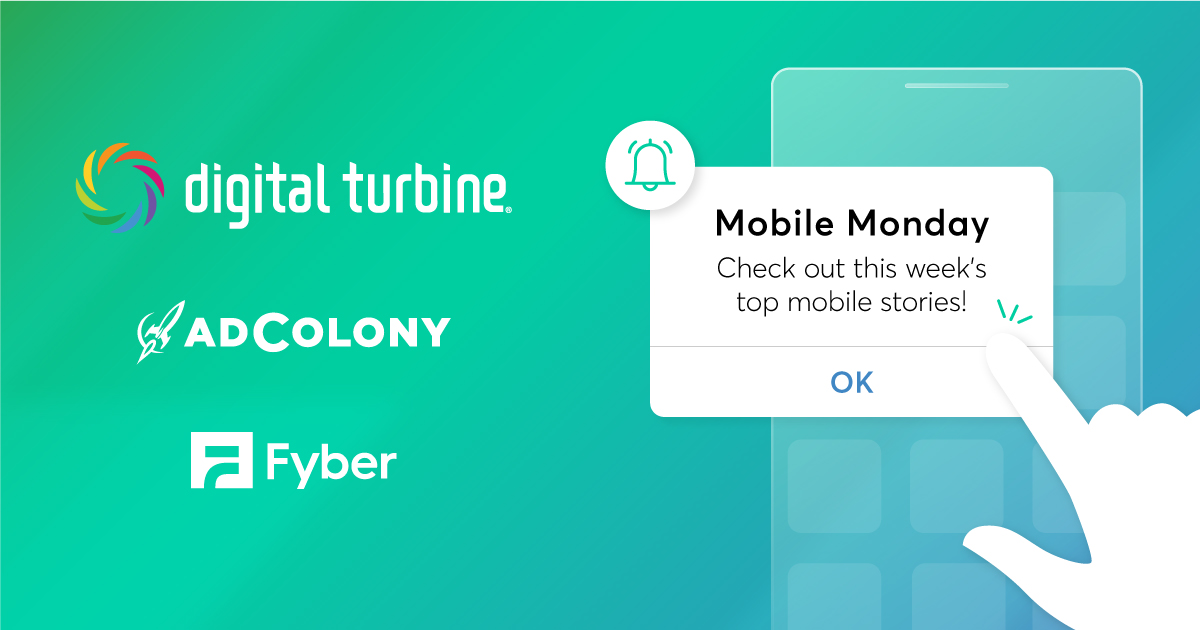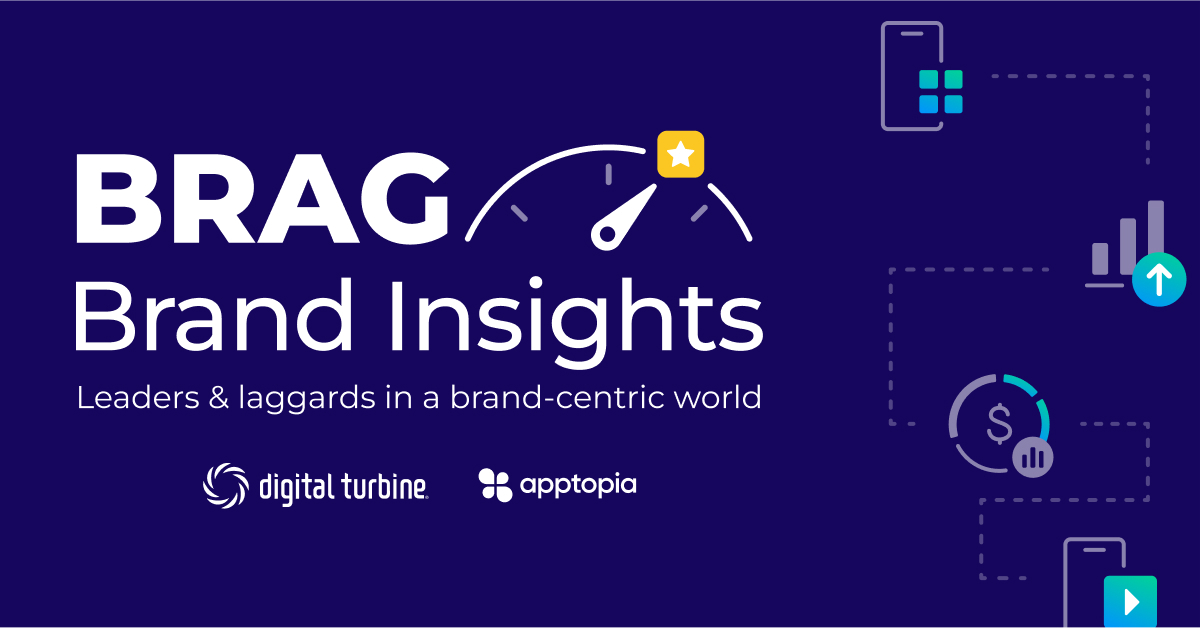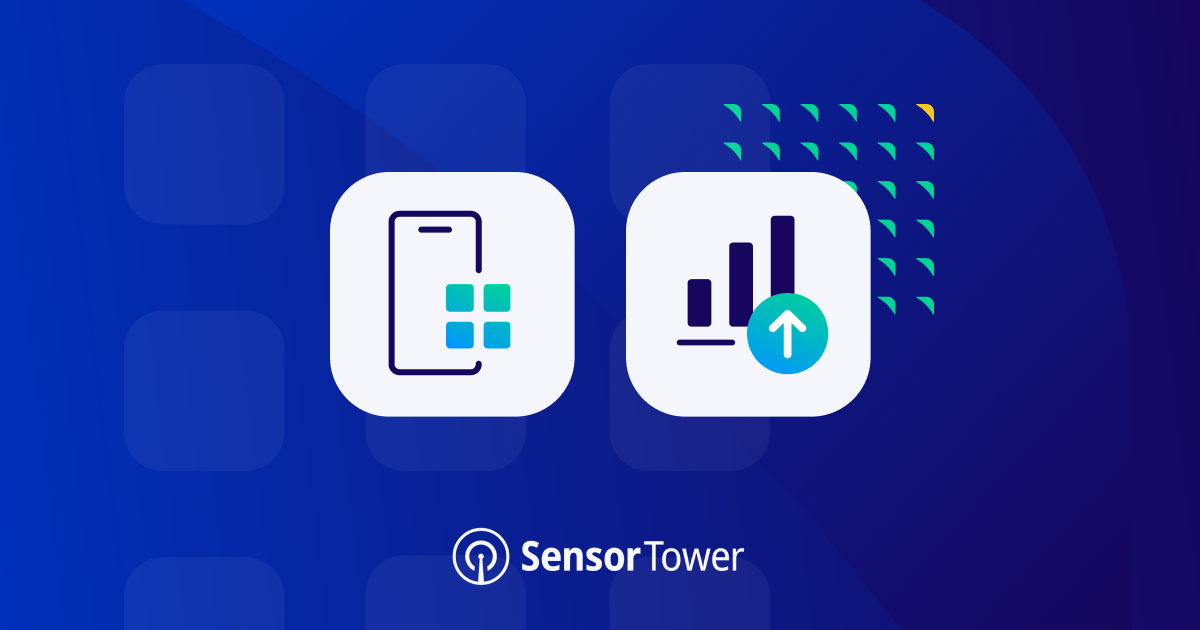While console games generate revenue mostly through unit sales, mobile games can get their earnings from a couple of sources. Download fees, in-app purchases, in-game advertising, and more recently, subscription fees can all contribute to a game’s overall earnings. Many mobile game publishers have a combination of these strategies but lately, there has been a major shift toward in-game advertising. Research from eMarketer and several other sources have shown that a number of factors including advances in technology and the rise of hypercasual games have driven growth for advertising in mobile games.
Mobile Gamers Prefer Free-to-Play Games
A CivicScience survey found that only 36% of mobile gamers reported spending more than $3 per month on mobile in-game purchases. While that is a sizable market, it misses 64% of gamers who don’t make any purchases. New or casual mobile gamers may not want to spend money but they are willing to watch ads to keep playing their favorite games for free.
Game developers have since adapted their monetization strategies to include more advertising to reach this untapped audience. App intelligence company Mobbo found in their research that more than 80% of mobile games worldwide contained ads. Additionally, only 13% of iOS gaming apps and 21% of Android gaming apps contained in-app purchases. As a result of this shift, eMarketer estimates that ad revenues from digital games will increase 16.0% in 2019 to $3.25 billion, with most of that total being attributed to mobile games.
Technological Improvements and Brand Safety Escalate In-game Advertising
The demand for free-to-play gaming shifted developers’ monetization structure toward advertising but there are a few more factors that have escalated its growth. The Interactive Advertising Bureau (IAB) developed Mobile Rich Media Ad Interface Definitions (MRAID) to streamline ad creation and distribution for mobile advertisers and reduce production costs.
Furthermore, mobile app publishers have recently warmed up to using programmatic advertising in their games after historically working directly with advertisers, as the mobile gaming ad space was dominated by user acquisition from other mobile apps.
As the need for transparency has increased, and publishers have warmed to the huge amount of brand advertiser demand, some networks like AdColony have integrated programmatic traffic into their ad mix. Game performance advertisers are slowly getting on board as publishers continue to modernize and embrace programmatic ads.
The ongoing issue of brand safety has also prompted a move toward in-game advertising. Social media apps have the sheer volume of impressions that can be attractive to brands but user-generated content makes it a much less controlled environment. In gaming apps, brands can reach a wider audience without the risk of ads being placed next to inopportune or offensive content. Most advertisers don’t want their ads placed next to a story about Dallas’ recent tornado, or lost homes in Los Angeles’ Getty fire.
Users have also agreed that mobile gaming provides a safer online environment. In our recent Under the Microscope Survey, a majority (71%) of Argentinian mobile gamers stated they consider the mobile gaming environment safe.
Games Are Both Buying and Publishing Ads
Brand advertisers have begun to see the opportunities in mobile games but most advertisers within games are currently other games. eMarketer reported that 80%-90% of in-game advertising is bought by other games, and most are performance ads to promote app installs. Research has shown that mobile gamers are more likely to notice ads for games in other games rather than other media. In a survey conducted by Tapjoy, 41% of U.S. mobile gamers said that ads within games get their attention more than game ads seen on TV or YouTube.
While any genre could benefit from at least some in-game advertising, certain categories have adopted it more than others. Midcore and casual games typically monetize with a mix of in-app purchases and advertising. Hypercasual have really taken to advertising because the games are light and easy to get into for new users. These titles usually have very simple game loops where the incentives to progress are too small to monetize with a purchase. Because the lifespan of a hypercasual game is brief, monetization has to happen as quickly as possible.
As programmatic becomes more of the norm on the app monetization end, brand advertisers will be able to compete with those game ads for valuable brand-safe impressions. Not every mobile ad network and platform has direct in-game supply though, and brand advertisers need to choose the right partners to take advantage of the opportunity. As the ad supply mix becomes more diverse, everyone will benefit!
Join the Conversation
How much of your monetization is attributed to advertising? Tell us by tweeting @AdColony. For the latest AdColony mobile news and updates, follow @AdColony on Twitter, like us on Facebook, or connect on Linkedin.



